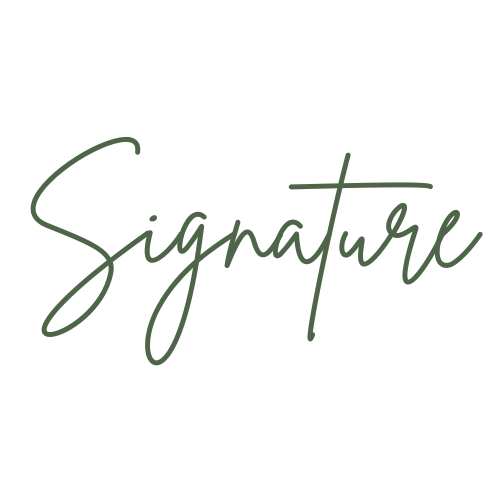Joan Miró Authentication
Joan Miró, one of the most influential artists of the 20th century, is renowned for his bold use of color, abstract forms and surrealist influences that redefined modern art. Born in Barcelona in 1893, Miró’s artistic career began in earnest after he moved to Paris, where he became involved with the Dada and Surrealist movements. His work, characterized by playful shapes, whimsical imagery and a deep connection to Catalonian culture, is instantly recognizable. Miró often used vibrant colors and organic forms to explore themes of freedom, dreams and the subconscious.
Miró’s works range from paintings and prints to sculptures and large-scale public installations, with famous pieces such as The Harlequin’s Carnival, Blue II, and The Farm standing as testaments to his boundless creativity. Throughout his career, Miró continually evolved, moving from figurative works to more abstract forms, yet always maintaining a sense of spontaneity and imagination. His distinct style made him a key figure in the surrealist movement, and his influence can be seen across a variety of artistic disciplines.
As the demand for Miró’s works has increased over the decades, so too has the importance of authentication. Ensuring the authenticity of his works has become critical for collectors and galleries as Miró’s art continues to fetch high prices on the global market.
The Challenge of Miró Authentication
Joan Miró’s prolific output and wide-ranging style present several challenges for authentication. His career spanned over six decades, during which his art evolved from early landscapes to surrealist-inspired compositions and later works that bordered on complete abstraction. This variety makes it difficult to establish a consistent set of criteria for authentication, as his techniques, materials, and subject matter shifted significantly throughout his life.
Additionally, Miró’s high standing in the art world has led to a proliferation of forgeries. His use of simple shapes, bold colors, and abstract forms has been relatively easy to imitate, making his works a prime target for forgers. Many forgeries attempt to replicate his playful use of line and color, creating works that, at first glance, appear authentic but lack the spontaneity and energy of the original.
Miró’s estate, including the Joan Miró Foundation in Barcelona, has played a key role in cataloging and preserving his works, but the growing demand for authentication has led collectors to turn to independent art experts and firms like Signature for verification. Through in-depth research and advanced forensic analysis, Signature offers comprehensive services to navigate the complexities of authenticating Joan Miró’s works.
Signature’s Approach to Miró Authentication
Authenticating a work attributed to Joan Miró requires a thorough understanding of his evolving style, his use of materials and the historical context of his artistic career. At Signature, we take a multi-disciplinary approach to ensure that each work undergoes meticulous scrutiny through a combination of art historical research, forensic science and provenance investigation.
Comparative Analysis: Miró’s artistic style underwent numerous transformations, from his early landscapes to his later abstract and surrealist works. Signature’s experts conduct detailed comparative studies of the suspected work, analyzing it alongside authenticated pieces from the same period. We closely examine key elements such as brushstrokes, color palette and the use of symbols like stars, eyes and birds, which frequently appear in his compositions. Given Miró’s spontaneity, we assess whether the piece reflects the sense of freedom and movement that defined his work.
Provenance Research: Establishing a clear and documented history of ownership is essential for verifying the authenticity of a Miró piece. Signature’s team conducts exhaustive provenance research, tracing the artwork’s history from its creation to its current location. A strong provenance strengthens the credibility of a work, while gaps in the ownership chain raise questions. Our experts investigate exhibition histories, sales records and related documentation to ensure the piece’s legitimacy. When necessary, we consult archives and correspondences that might provide further clarity on a piece’s origins.
Scientific Analysis: Forensic tools are critical in identifying whether a work attributed to Miró is genuine. Signature employs advanced techniques like pigment analysis, infrared reflectography and X-ray imaging to examine the materials used in the artwork. These methods help determine if the pigments, canvases and other materials match those used by Miró during specific periods of his career. Miró often used unique combinations of materials, including industrial paints and unconventional surfaces, so detecting modern or anachronistic materials can indicate that a piece is not authentic.
The Legal and Financial Stakes of Miró Authentication
As Joan Miró’s works continue to command high prices in the art market, the stakes involved in authenticating his pieces are significant. Genuine Miró works can sell for millions of dollars at auction, making them highly valuable investments for collectors and institutions. However, purchasing a forged or misattributed work can lead to substantial financial losses, legal disputes and reputational damage for all parties involved.
Auction houses, galleries and collectors are increasingly cautious when dealing with works attributed to Miró, requiring expert authentication to ensure the piece’s legitimacy before proceeding with a sale. For collectors, owning an authenticated Miró represents not only cultural prestige but also a secure financial asset. On the other hand, acquiring a forgery could lead to costly legal battles and significant financial setbacks.
At Signature, we understand the financial and legal implications of art authentication, especially for high-profile artists like Miró. Our comprehensive authentication process ensures that collectors and institutions can confidently engage in transactions involving Miró’s works. Contact us today to learn more about how Signature can assist with Miró authentication.

